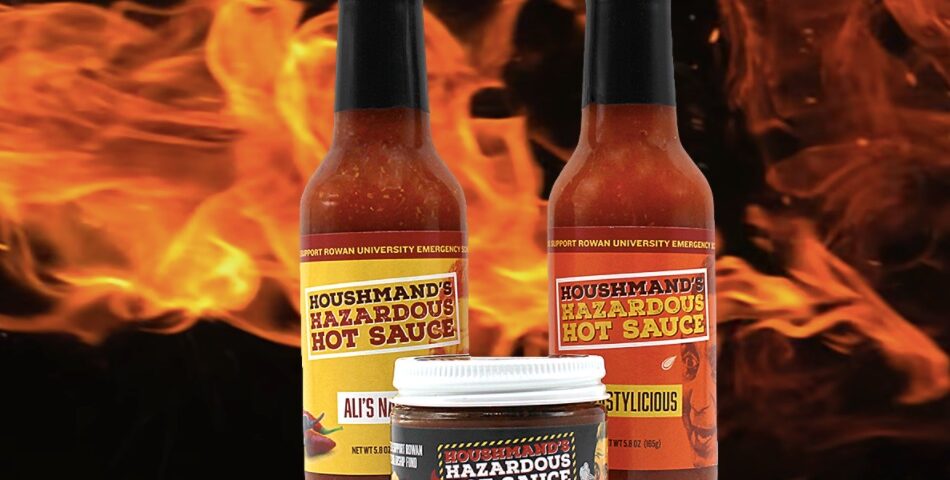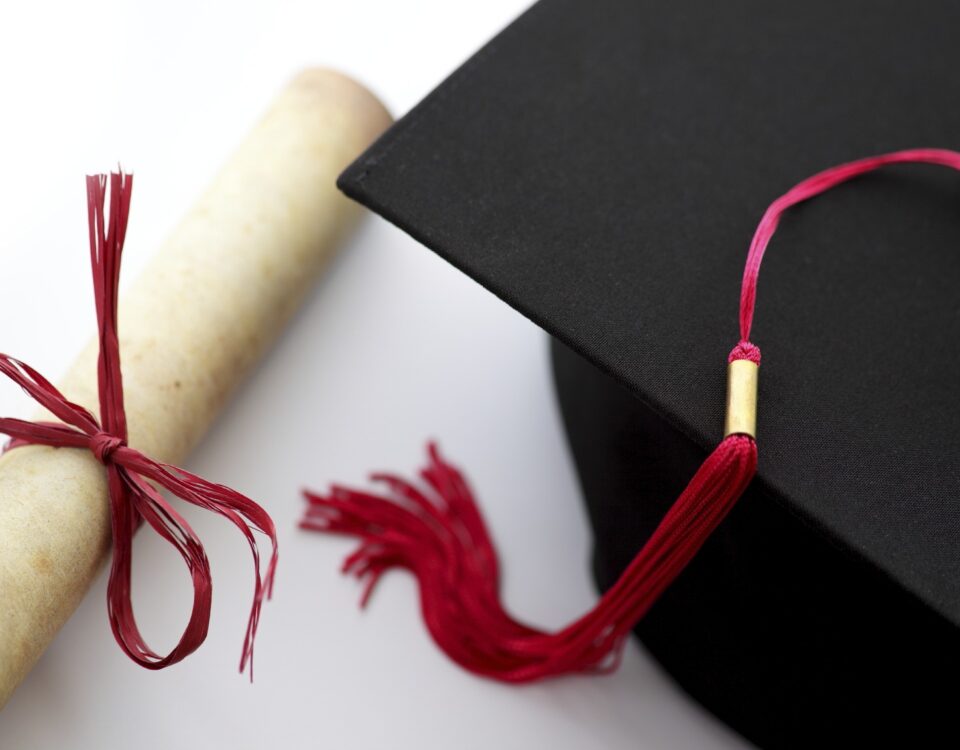
Why Taxes Are About More Than Money
July 7, 2021
The AI People We Know
July 9, 2021The president of New Jersey’s Rowan University, Ali Houshmand, gifts bottles of his homemade Hazardous Hot Sauce to his peers. Receiving Ali’s Nasty, Nastylicious, and Nastyvicious, other college and university presidents are supposed to experience the entrepreneurial side of Rowan.
Also, they might give Rowan a higher score on the U.S.News & World Report reputation survey–20 percent of the college score for its ranking.
Ranking Colleges
During 1983, U.S. News initiated its annual ranking colleges report. The reason they said was to resuscitate a dying magazine. It worked.
A vast proportion (62%) of the U.S.News Best College rank is based on graduation and retention rates (22%), undergraduate academic reputation (20%), and faculty resources (20%). Other variables include student selectivity, financial resources per student, and alumni giving.
Seemingly objective because numbers quantify every assessment, the opposite is actually the truth. Instead, the menu of ranking variables reflects our own bias. Scoring faculty resources, U.S.News says that engaged students learn more. So, class size, faculty salaries, and full time faculty members are inputs. But student engagement is tough to quantify. Yes, their variables appear valid. But not necessarily.
Perhaps though the most controversial variable is reputation. US News says the category is important because it captures factors that might otherwise not be recognized, like innovation. However, we can ask what the vast array of college presidents (and other officials) know about each other. In an especially excellent 2005 Atlantic article, former Reed College president Colin Diver said he lacked accurate knowledge about most schools, except for his competitors.
He also cited the unintended consequences that U.S.News creates. Summarizing the downside of ranking while explaining why Reed refused to participate in the process, he cited an “irresistible pressure toward homogeneity.” The result was the temptation to elevate scores by changing institutional procedures (like sending bottles of hot sauce).
Our Bottom Line: Human Capital
As land, labor, and capital, the factors of production (that create all goods and services) include physical and human capital. Physical capital is composed of the tools and buildings and inventory that we can add to when we want to increase production. Similarly, as more education, a bigger stock of human capital boosts growth.
Human capital takes us to the process of selecting colleges. It returns us to the role of U.S.News and where it might be flawed as a way to add to our store of knowledge.
My sources and more: Yesterday I listened to the Revisionist History podcast on ranking colleges and learned about Ali Houshmand’s hot sauce. From there, it made sense to see the variables US News uses for ranking. The article that was best, though, was the Colin Diver discussion in the Atlantic.
![econlifelogotrademarkedwebsitelogo[1]](/wp-content/uploads/2024/05/econlifelogotrademarkedwebsitelogo1.png#100878)



